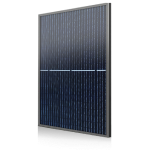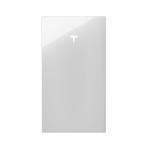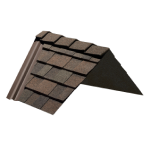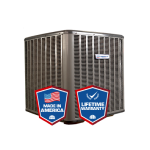Solar
Solar Panels, Special Offers
Battery
Battery Storage, Special Offers
Roofing
Residential Roofing, Lifetime Warranty
HVAC
Air Conditioning, Heating, Samsung Ductless
Efficient Energy
Turn Your Home Into an Efficient Powerhouse
Explore
About, Resources, Offers, Connect
Referrals
Offers

All
Other Products

Other Products
Solar Attic Fan
Whole House Fan
Solar Tube Skylights
Gutter Guards
Rain Gutters
Radiant Barrier
Rat Proof Attic
Attic Insulation



